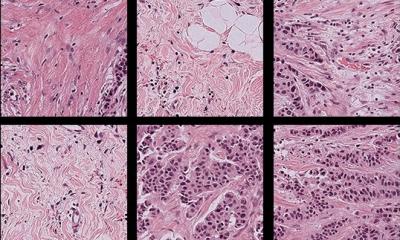Atrial and ventricular contraction is differentially regulated
Beta-3-adrenergic receptor activation increases human atrial tissue contractility and stimulates the L-type Ca2+ current
The contraction of the atria and ventricles is differentially regulated, according to a study by Rodolphe Fischmeister and colleagues, at INSERM UMR-S 769 in Châtenay-Malabry.
The contraction phase of the heart beat is controlled by several pathways, including one initiated by stimulation of cell surface proteins known as beta-adrenergic receptors. At the molecular level, the flow of Ca2+ through protein channels known as L-type Ca2+ channels has a central role in the regulation of the contraction of the heart by beta-adrenergic receptors.
Previous data have indicated that stimulation of beta-3-adrenergic receptor (beta-3-AR) decreases the contractility of tissue from human ventricles and decreases the activity of ventricle L-type Ca2+ channels in various animal models. In contrast, Dr Fischmeister and team have found that beta-3-AR stimulation increases the activity of L-type Ca2+ channels in heart cells isolated from human atria and increases the contractility of the atrial tissue.
The finding that beta-3-AR stimulation has opposing effects on human atrial and ventricular tissue could lead to the development of therapies that target beta-adrenergic receptors to treat CVDs.
Details: www.inserm.fr
01.09.2008










